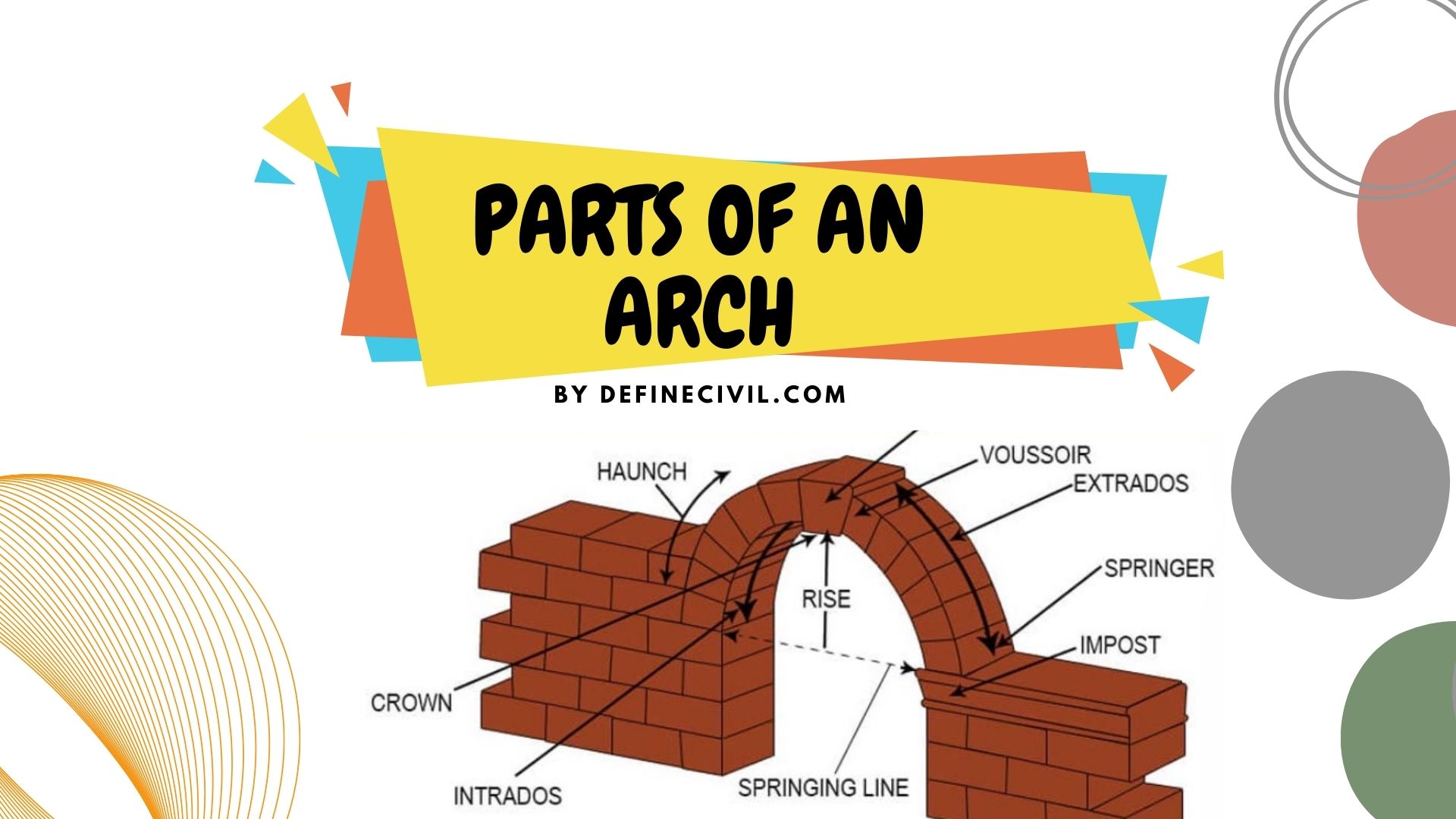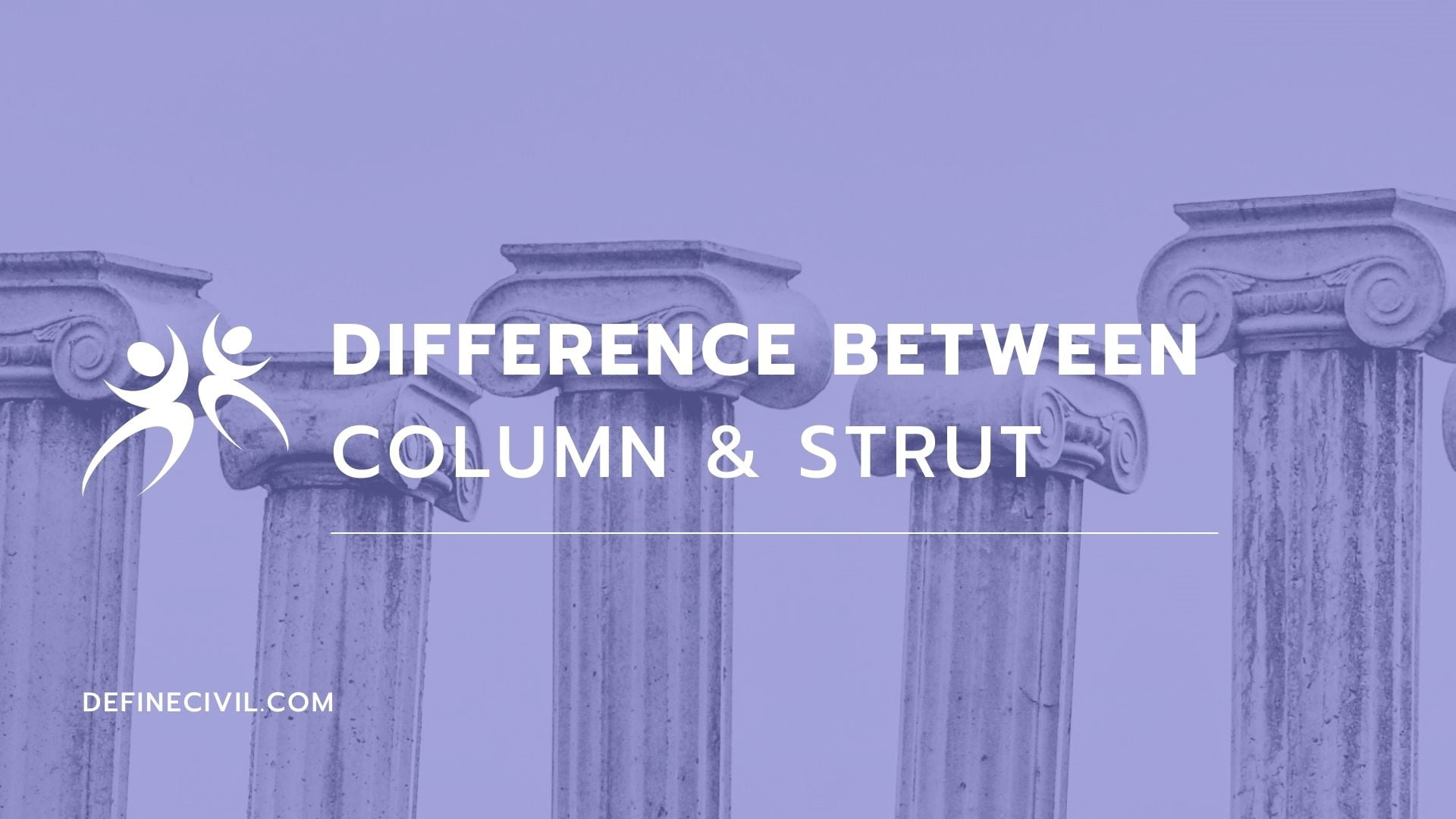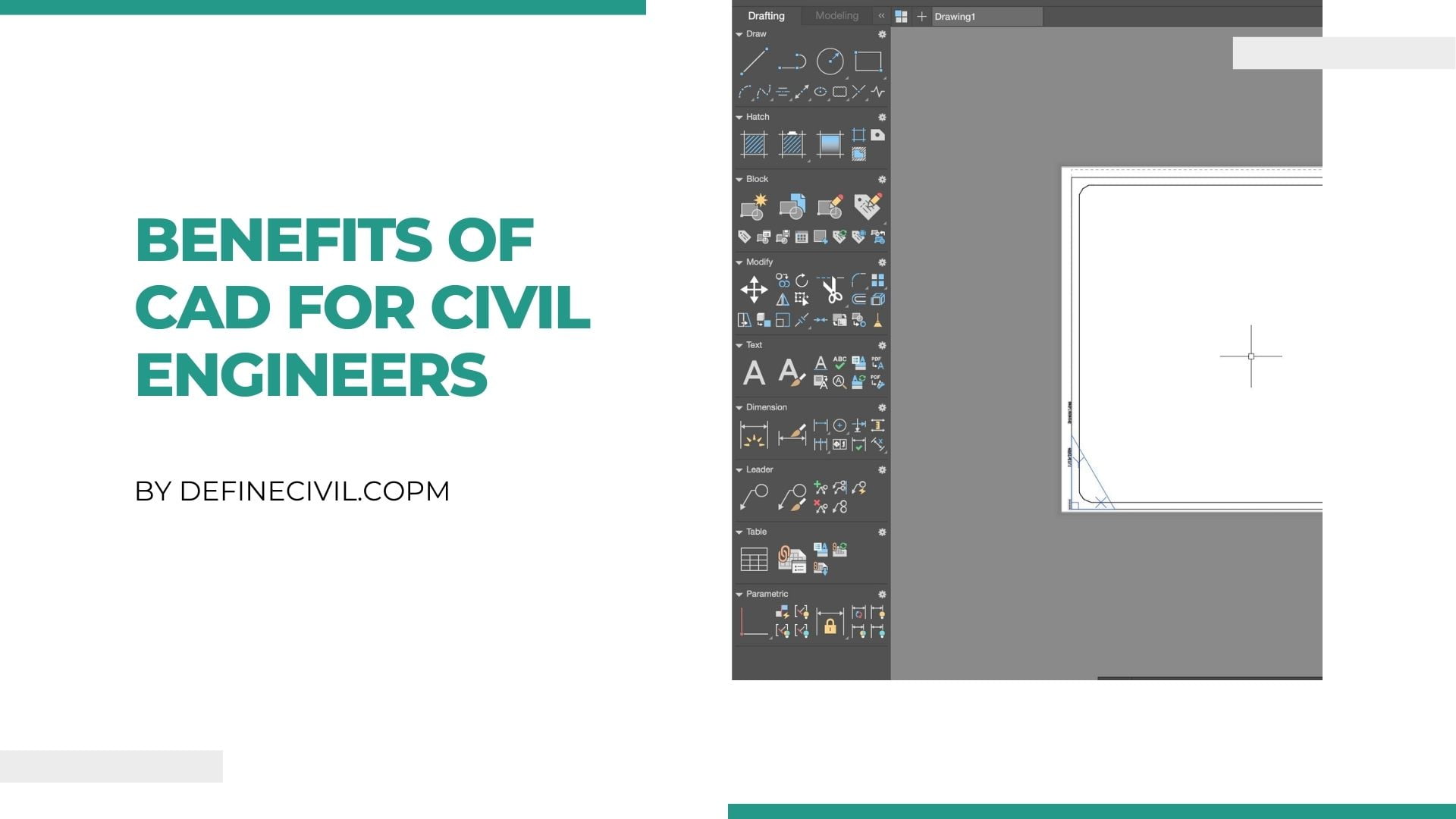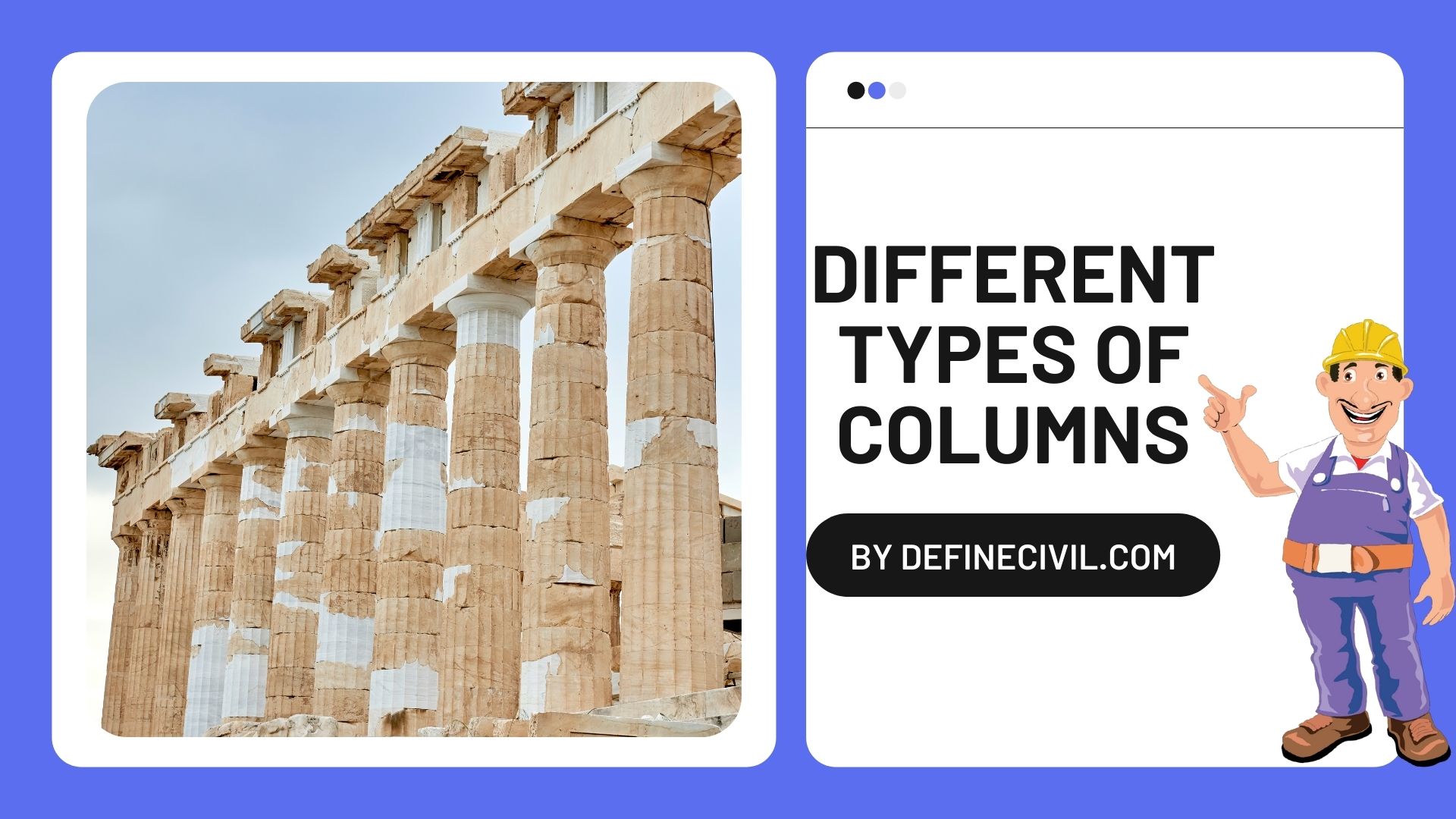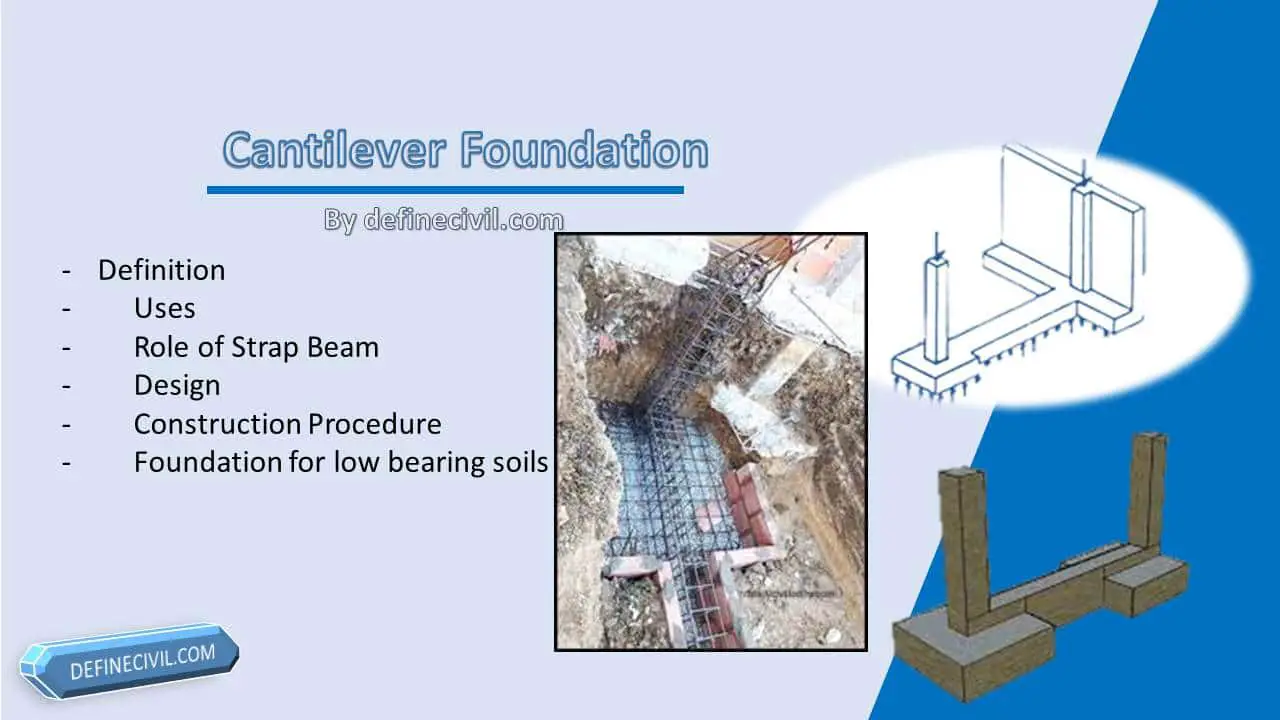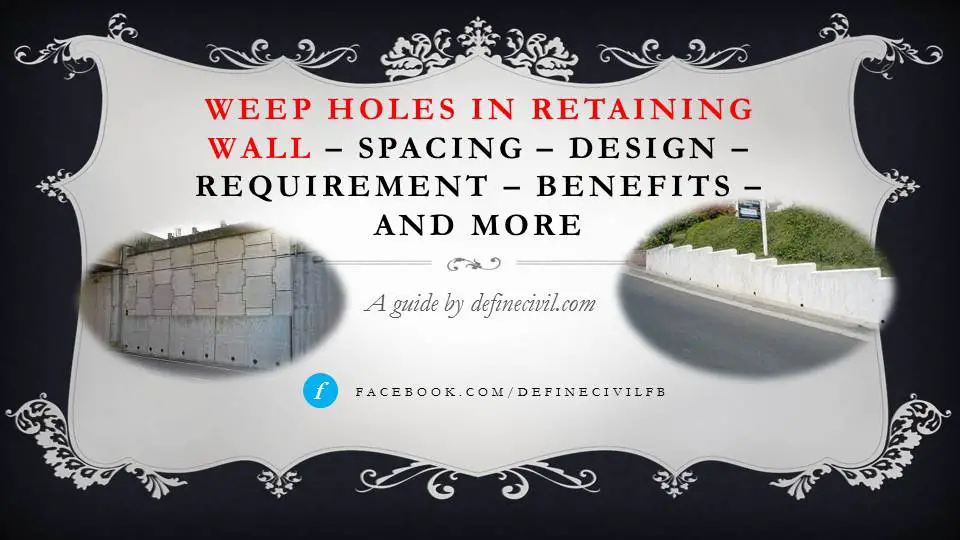11 Types of Stirrups in Construction – Reinforcement – Sizes & Purpose – Ties
Stirrups in reinforcement of beam play a vital role in resisting shear stresses. During construction of buildings, civil engineers provide stirrups with the purpose to hold reinforcement in place and to prevent collapsing of the main reinforcement during seismic activity. What is a stirrup in construction? Closed loop bar provided at a regular center to … Read more


